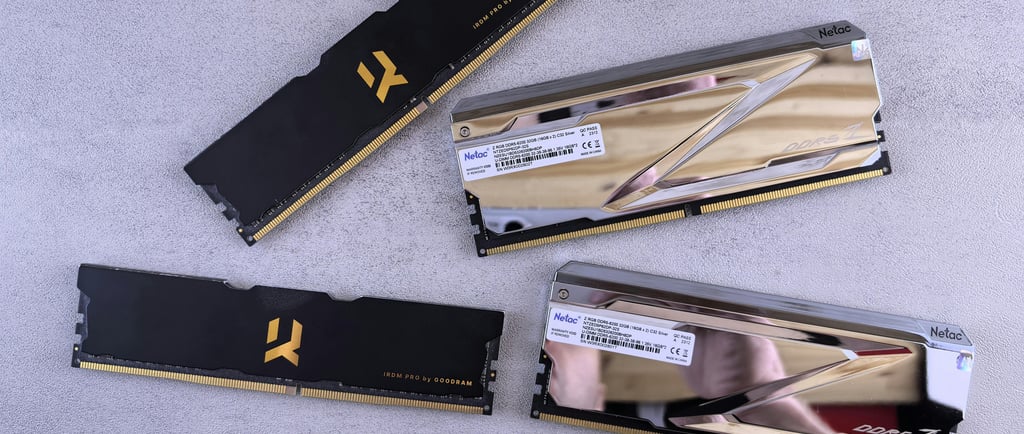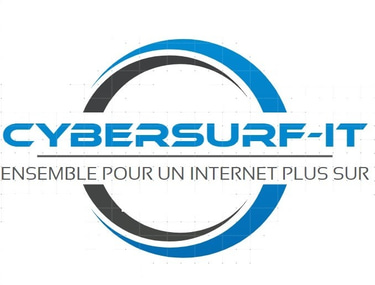Module 2: Memory and Storage – Master the Fundamentals to Optimize Your IT Systems
Find out everything you need to know about computer memory and storage media in this guide to Module 2 of the CompTIA A+ / IT Support training programme. This comprehensive article explains the differences between RAM (DDR, volatile memory), ROM, cache memory and flash memory, as well as the specifics of SSD and HDD disks. Learn how to master the different types of storage, their connectors, their performance in terms of speed and reliability, and how to choose the best configuration to optimise your IT systems. With practical advice, an interactive quiz and real-life examples, improve your skills in systems administration, networking and cybersecurity. Perfect for IT professionals, students and enthusiasts who want to know more about memory and storage management.
COMPTIA A+ / IT SUPPORT
Abderazek B
5/5/20252 min read


Introduction
In the fields of system administration, networking, and cybersecurity, a deep understanding of different types of memory and storage media is essential. Whether you are an IT professional, student, or enthusiast, knowing how to distinguish the characteristics, uses, performance, and limitations of RAM, ROM, cache, SSD, HDD, and flash memory will enable you to optimize resource management, security, and reliability of your infrastructures. This article guides you step-by-step to master these key concepts, integrating practical advice, an interactive quiz, and real-world examples.
1. Memory Fundamentals: RAM, ROM, Cache, and Flash
Understanding Volatile and Non-Volatile Memory
RAM (Random Access Memory) is a volatile memory used as a temporary workspace for running programs. It mainly includes:
DRAM (Dynamic RAM): requires constant refreshing, used as main memory in computers.
SRAM (Static RAM): faster and more stable, used in CPU cache memories.
RAM is characterized by its frequency (e.g., DDR3, DDR4), which affects data transfer speed. For example, DDR4 offers better performance than DDR3 with lower power consumption.
ROM (Read-Only Memory) is non-volatile memory that stores permanent instructions such as BIOS/UEFI firmware. It retains data even when power is off.
Cache memory, often SRAM, is integrated into the processor to speed up access to frequently used data, with access times in nanoseconds-much faster than standard RAM.
Finally, flash memory is used in SSDs and some removable storage devices. It combines large capacity with good speed, though it is slower than RAM.
2. Practical Tips and Quick Quiz: Differentiate and Optimize Your Memory and Storage
Tips for Choosing and Using Memory
Match RAM capacity to your needs: 8 GB for office use, 16 GB or more for demanding applications.
Prefer SSDs for operating systems and critical applications to reduce access times and improve responsiveness.
Use CPU cache memory as a natural accelerator but do not confuse it with main RAM.
Check RAM compatibility with your motherboard (type, frequency, voltage).
Protect your data by combining fast memory (RAM) with reliable storage (SSD/HDD).
Quick Interactive Quiz
Which memory is volatile?
a) ROM
b) RAM
c) Flash memory
Answer: b) RAMWhich storage offers the best access times?
a) HDD
b) SSD
c) RAM
Answer: c) RAM (but SSD is the fastest among storage devices)Which memory is used to store the BIOS?
a) RAM
b) ROM
c) Cache
Answer: b) ROM
3. Perspectives and Trends: The Future of Memory and Storage
With the explosion of data and the rise of real-time applications, memory and storage are evolving rapidly:
DDR5 Memory: new RAM generation offering higher speeds and better energy efficiency.
NVMe Storage: ultra-fast SSDs using the PCIe bus, revolutionizing disk performance.
Persistent Memory: emerging technologies combining RAM speed with non-volatility.
Cloud and Decentralized Storage: impacting local memory and storage management.
These developments require IT professionals to continuously train to optimize infrastructures and ensure performance and security.
Conclusion
Mastering the different types of memory and storage media is a cornerstone for every IT professional. By understanding their specificities, uses, and limitations, you will be able to optimize your systems, improve application responsiveness, and ensure data reliability.
What type of memory do you use most in your projects? Share your experience in the comments!
Learning
Knowledge sharing in system administration, networking, and cybersecurity
Community
Technology
contact@cybersurf-
© 2024. All rights reserved.
